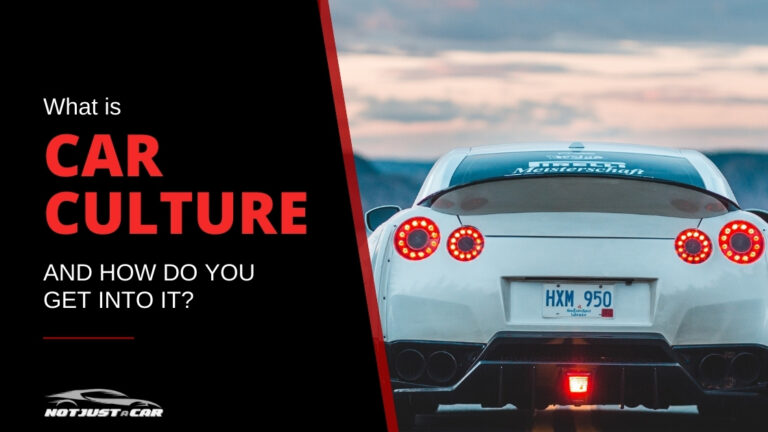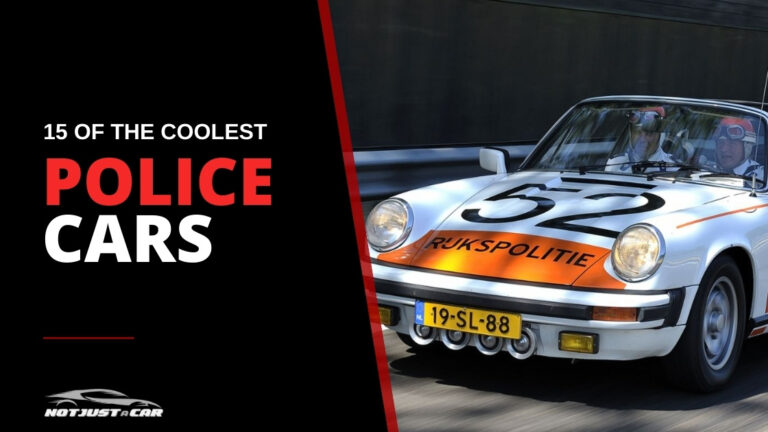How ‘Gran Turismo’ Changed Car Culture Forever
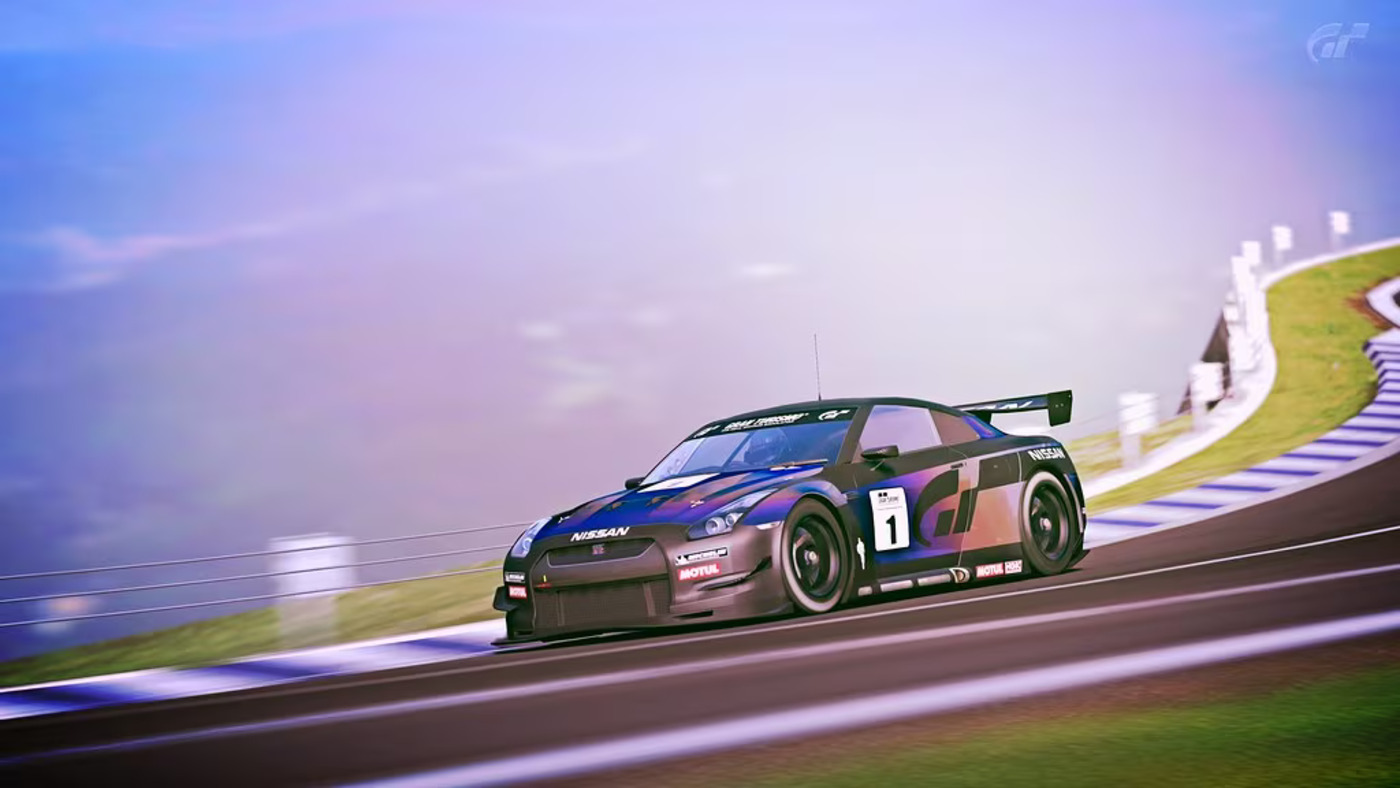
It’s wild to think about, but a video game, Gran Turismo, truly revolutionized car culture, introducing a whole generation to the thrilling world of JDM cars and tuning long before they hit the mainstream in the West. This seminal title blurred the lines between digital racing and real-world automotive passion, fundamentally reshaping how many of us first engaged with performance vehicles.
How Gran Turismo Game Influenced Car Culture
- Gran Turismo was the first widely accessible platform for JDM cars.
- The game’s detailed tuning mechanics educated a generation on car modification.
- It fostered a global community around import and performance vehicles.
- GT directly influenced real-world car purchases and tuning trends.
- Polyphony Digital created a cultural phenomenon, not just a game.
The Root of JDM Obsession
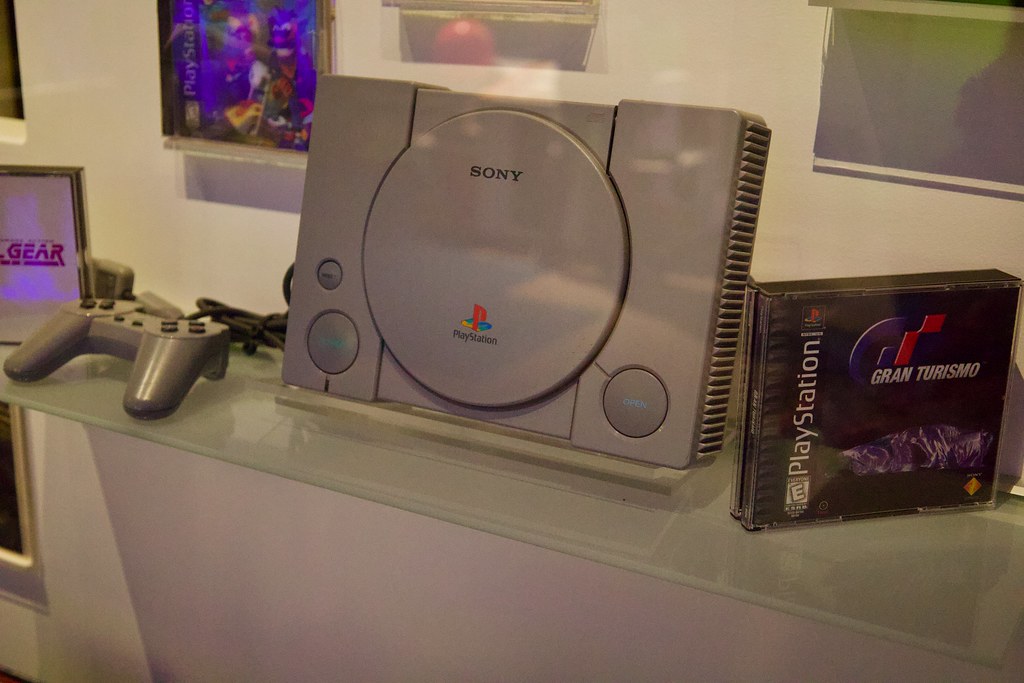
Back in the late ’90s, before Fast and Furious blew up the import scene, if you were a car-crazy kid in the West, your exposure to Japanese Domestic Market (JDM) cars was, frankly, limited. Maybe you saw a beat-up Civic, or an occasional 300ZX, but the hardcore stuff? The Nissan Skyline GT-R R32, the Mazda RX-7 FD3S, the Toyota Supra MKIV – those were mythical beasts, whispered about in magazines if you were lucky enough to find them. Then, Polyphony Digital dropped Gran Turismo on the original PlayStation.
Pretty sure it was May 12, 1998, for us in North America, and September 4, 1998, in Europe, after its initial Japanese release in late 1997. Suddenly, there they were: rows and rows of every JDM legend you could imagine. You could literally buy a Mitsubishi Lancer Evolution IV for like 25,000 credits and just go. These incredible machines that were largely unavailable or completely unknown in your local dealership suddenly entered your heart.
Beyond the Showroom: The Tuning Garage
What really set Gran Turismo apart wasn’t just the sheer volume of cars; it was the depth of the tuning. This wasn’t some arcade racer where you just hit a nitro button. You could buy used cars, often for a steal, and then spend your hard-earned credits upgrading every single component. We’re talking about stage 3 turbos, fully adjustable coilover suspensions, race-spec brake kits, and lightweight flywheels. You could literally feel the difference in how the car handled after each upgrade, tweaking the gear ratios or setting the camber angle to shave off milliseconds.
While this in-game option was certainly a fun aspect, it was also a masterclass in automotive engineering for a generation. It demystified the process of tuning, showing us how different parts affected performance in a tangible way. Before Gran Turismo, the concept of a “modded” car was vague for many, often just associated with loud exhausts. After, we understood intercoolers, ECU remapping, and the importance of tire compounds.
It gave us a language, a vocabulary, for real-world tuning long before most of us could even afford to change our own oil.
Digital Tracks, Real Aspirations
The connection between Gran Turismo and real-world car culture goes deeper than just learning about parts. It ignited a passion that translated directly into personal aspirations and community building. How many gamers spent hours grinding for credits to afford that dream car, only to then spend more hours meticulously tuning it to dominate virtual challenges like the infamous Trial Mountain? That drive, that dedication, wasn’t just for the game; it was often a precursor to real-life goals. Suddenly, for many players, owning a Nissan Silvia S14 or a Honda S2000 wasn’t just a pipe dream; it was a tangible objective.
For many, Gran Turismo was the first exposure to different racing disciplines too. From dirt racing to endurance events, it showed the versatility of these machines and the skill required to master them.
That digital experience probably fueled the growth of the import scene across the globe. Car meets started popping up, forums exploded with discussions about specs and mods (I mean, look at Bimmerpost, the spirit is the same), and the demand for JDM parts surged. The game created a shared language and a shared set of heroes. TBH, I bet a good chunk of the guys wrenching on their Subaru Impreza WRX STIs or Mazda MX-5s today first fell in love with those cars smashing lap times on Deep Forest Raceway.
A Global Language of Speed
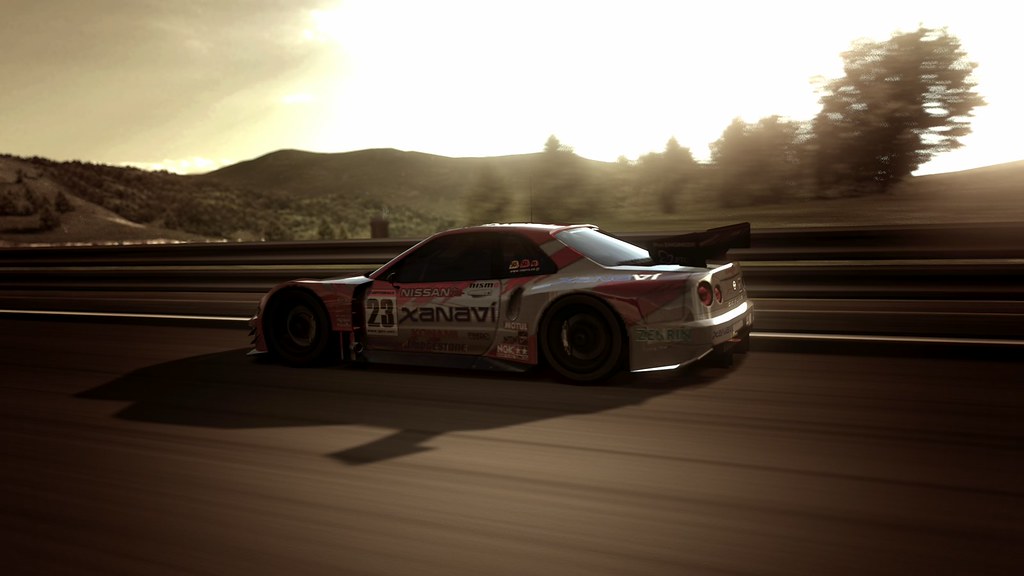
Gran Turismo didn’t just introduce cars; it introduced a culture. It fostered an appreciation for the engineering prowess of Japanese manufacturers and the art of performance modification. It demonstrated that a car wasn’t just transportation; it was a canvas for expression, a machine to be optimized, a source of immense joy and competition. The game transcended borders, creating a global community of enthusiasts who spoke the same language of horsepower, torque, and lap times.
This legacy continues today. The Gran Turismo Sport and GT7 still push boundaries, integrating real-world motorsport with virtual racing. They’ve even established official partnerships like the FIA-Certified Gran Turismo Championships, blurring the lines between simulation and professional racing even further. The game didn’t just change car culture; it became an integral, enduring part of it, shaping the tastes, knowledge, and dreams of millions of car enthusiasts worldwide. It showed us that even within a PlayStation, the drive for ultimate performance was real.
FAQ About Gran Turismo and Car Culture
When was the first Gran Turismo game released?
The original Gran Turismo was first released in Japan on December 23, 1997, followed by North America on May 12, 1998, and Europe on September 4, 1998.
Which JDM cars were most popular in early Gran Turismo games?
Iconic JDM cars like the Nissan Skyline GT-R (R32, R33, R34), Mazda RX-7 (FC, FD), Toyota Supra MKIV, Honda NSX, and Mitsubishi Lancer Evolution series were hugely popular.
How did Gran Turismo influence real-world tuning?
The game’s detailed upgrade system educated players on the effects of different modifications (turbos, suspension, ECU tuning), fostering an understanding and interest in actual car tuning.
Did Gran Turismo introduce cars that weren’t sold in the West?
Yes, it famously introduced Western audiences to many JDM-exclusive models, like various generations of the Nissan Skyline GT-R and Mitsubishi Lancer Evolution, long before they were legally importable.
Is Gran Turismo still relevant today?
Absolutely; modern titles like Gran Turismo 7 continue to be a benchmark for racing simulators, integrating advanced physics and a vast car roster that influences new generations of enthusiasts.




